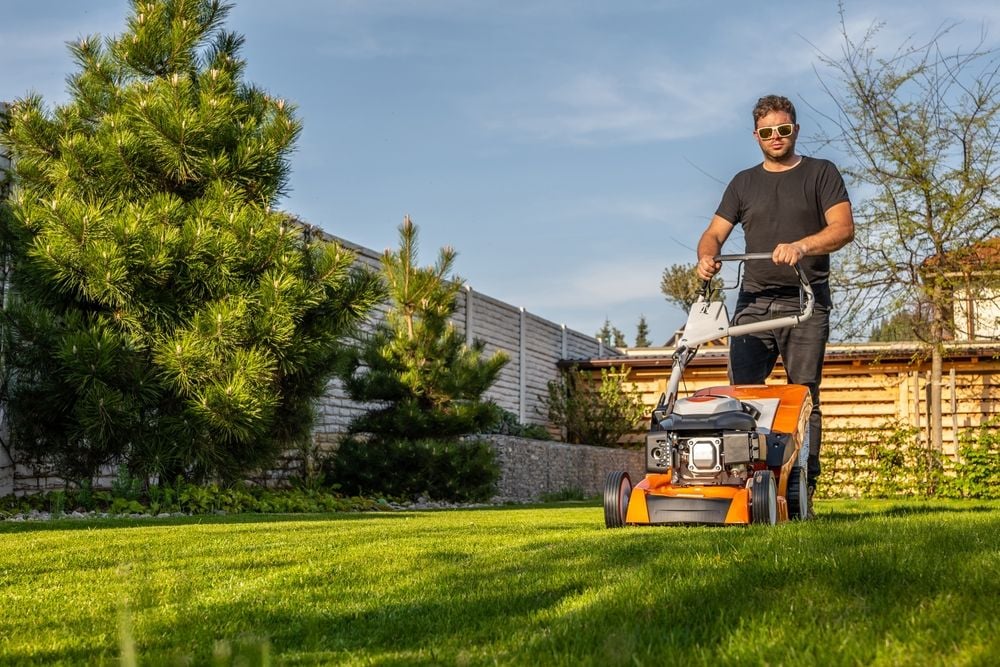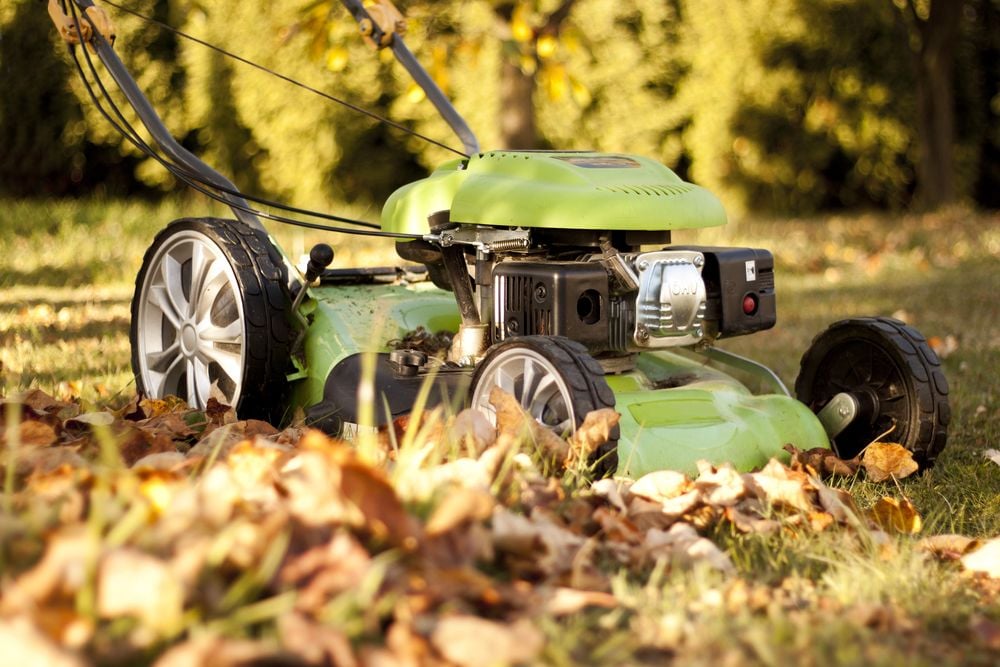
Mastering the Art of Lawn Mowing
- Jun 25, 2025
Learning to correctly mow your lawn is as essential as developing a good watering and fertilizing schedule. Proper mowing practices, leaving the right blade height, and efficient cleanup can work wonders for the health of your turf.
Striking your mowing on a cloudy day with no rain in the forecast ensures optimal conditions. You'll want to avoid damp grass to prevent clumps and potential mower clogs. Plus, mowing on wet turf can lead to patchiness. The prime time for mowing is mid-morning, steering clear of unwanted moisture or extreme heat.
As for the height before embarking on a mowing mission, cool-season grasses should be allowed to reach 4 to 6 inches, whereas warm-season varieties should be clipped at 3 to 4 inches.
When mowing, take caution not to get too close to landscape elements such as trees, shrubs, mailboxes, arbors, or fences. A slight misjudgment could result in undesired damages. To get around these obstructions effectively, consider using a string trimmer to precut these areas. A string trimmer makes maneuvering around tight spots easy and prevents potential hardscape damages.
The right mowing session involves more than just cutting the grass. You need to have knowledge on how to deal with grass clippings, how high to trim, and when to call it a day.
Before you begin, inspect your lawn for any potential hazards like branches, rocks or bottles that could dull your mower blade. Accidents can occur, so wearing eye protection is always recommended.
Make sure your mower is ready for action. For gas mowers, ensure a full tank and check the oil. Corded electrical mowers need to be plugged in, while battery-powered ones need a full charge.
A dull blade can damage your grass by tearing it, so ensure it's sharp for a nice clean cut. If your blade is blunt, sharpen it before commencing your mowing task.
Starting up an electric mower is typically automatic, but you might experience some hiccups with a gas mower. If your machine is resisting to start, consider giving it a tune-up.
Begin by trimming the borders first, establishing straight, outer rows. This method helps you track the uncut parts of your lawn easier.
Repetitive mowing in the same pattern can lead to soil compaction, so alternate your mowing direction. One session can involve horizontal mowing, followed by a vertical pattern in the subsequent session. Align your mower in as straight a line as possible, slightly overlapping with each pass.
The ideal grass height after mowing should lie between 3-4 inches for cool-season grasses and 2-2.5 inches for warm-season varieties. Adjust your mower wheels accordingly.
An important consideration when choosing between electric and gas mowers is the hassle of dragging the cord. A battery-powered mower provides a suitable solution if you prefer an electric mower.
The clippings from your mower can serve as a fertilizer, given they are fine enough. Chunky clippings may interfere with your lawn's health. A mulching mower can convert bulky clippings into fine particles. But if you don't own a mulching mower and have hefty clumping clippings on your lawn, you can opt to rake them off or use a bag attachment on your mower to collect them.
There’s more to mowing than just aesthetics. Well-trimmed grass is less enticing to pests and diseases, helps weed out the unwanted intruders and promotes a thicker growth.
You have the option of creating simple or intricate mowing patterns depending upon your schedule and objectives. Involving diagonal maneuvers can result in a fancy outcome.
To eliminate any doubts about mowing proximity to objects, it helps to pre-trim using a string trimmer.
Alternate your mowing direction every session to avoid creating ruts. Make a note of it to remember the direction for your next mowing schedule.






